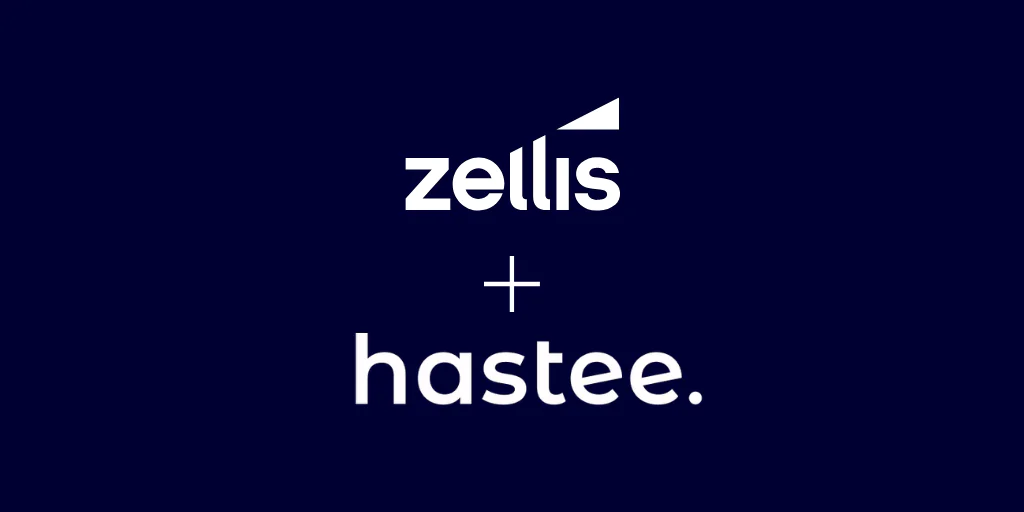Am I paying too much tax? What do the numbers and letter of my tax code mean? Am I owed anything? Understanding your payslip is not as straightforward as you think.
It may sound simple to work out exactly how much you will be paid for the work that you have done, but it’s not always that straightforward. Unfortunately, we don’t bring home everything we earn as there is a number of things that are taken out of our wages before we even get it and these are called deductions. Understanding your payslip means that you are able to recognise all of the deduction types. Here the main deductions you will see on a payslip.
Income Tax – which is the percentage of your earnings given directly to the Government to help fund public services e.g. Education, Health and Social Services.
National Insurance – a tax on earnings to help pay for state benefits such as state pension and sick pay. The payslip usually breaks down the amount of money contributed by your employer yourself.
Workplace Pension Contributions – money to help you in retirement. Again the payslip breaks down the contributions made by both your employer and yourself.
Other Deductions for example student loan repayments – paying back the money you have borrowed (plus interest), but only if you earn over the threshold
As you can see, understanding your payslip is not an easy thing. It also includes:
Tax Code –This specifies how much income you can earn before you start to pay income tax. Most people are entitled to a personal allowance, in other words, a set amount of money that you can earn before you start paying income tax. However you don’t start paying income tax once you reach this amount, it is spread over the year so you will pay income tax and national insurance every time you get paid. This is called PAYE (Pay As You Earn.)
National Insurance Number – this is a unique reference code used by HMRC, the organisation that collects all UK taxes and national insurance, to recognise you when paying National Insurance contributions. HMRC stands for Her Majesty’s Revenue and Customs.
At the end of each financial year (usually April) you will receive a summary document from your employer called a P60. This shows how much Income Tax and National Insurance you, and your employer, have paid throughout the year. As it is your responsibility, you should always check your P60 or your payslip to make sure that your employer is using the correct:
Tax code
National Insurance number
Employee number (if you have one)
Either if you are struggling to understand your payslip, or if you think that there is anything wrong on it and you may have paid too much Income Tax, speak to your HR Manager or to the person who sorts out your wages. If they can’t help you, contact HMRC directly at
They have telephone helplines and web chat facilities for specific queries. However, if you have a general query you can tweet them using @HMRCCustomers.
Finally, if any of your income is earned on a self-employed basis, you will need to declare this to HMRC. You will be asked to complete a self-assessment and pay any Income Tax and National Insurance contributions directly to them. Again you can find out more at https://www.gov.uk/









